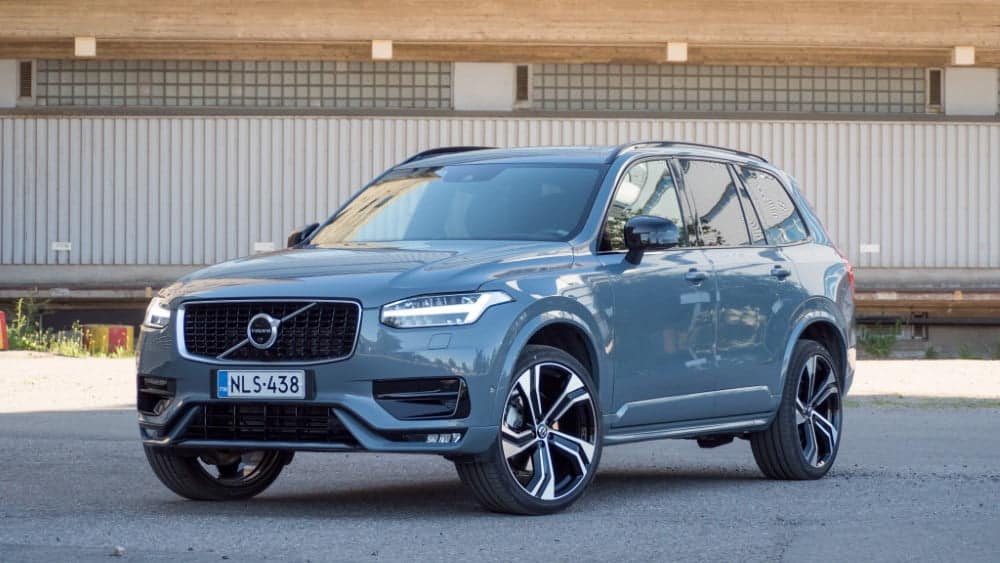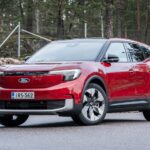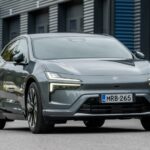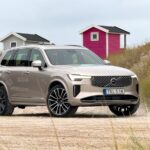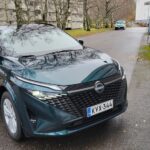The XC90, facelifted last 2019, was first seen in its current body style back in 2014.
This second-generation XC90 is the largest model in the Volvo range, and in the test-driven B5 light hybrid, a small electric motor assists the combustion engine.
The car’s electric starter generator, which acts as an electric motor, always provides momentary support to the combustion engine, helping to reduce emissions and fuel consumption.
The electric motor is powered by a 48-volt battery, which is recharged by energy recovered when the car brakes. Volvo says it can reduce fuel consumption by up to 15%.
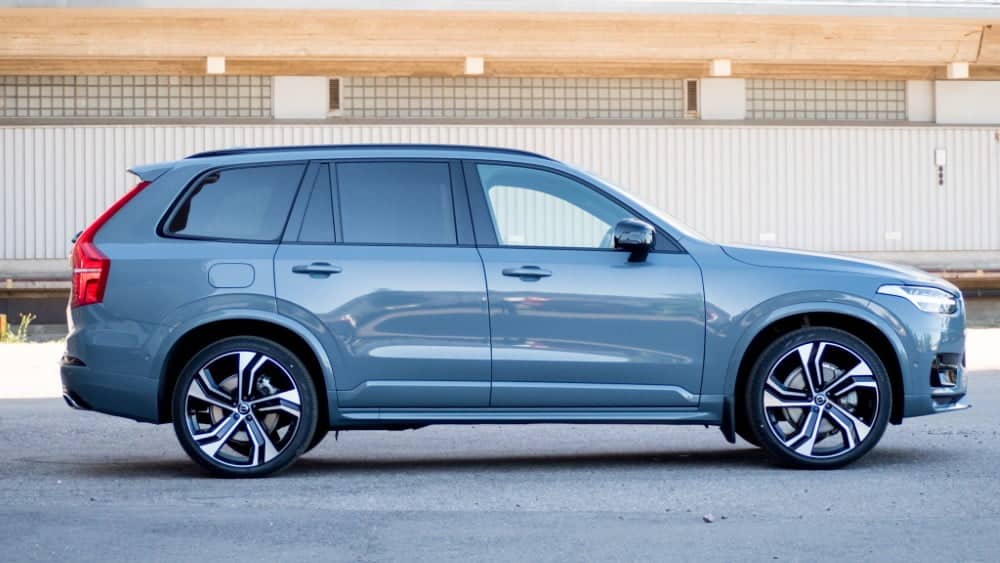
When driving a light hybrid, the electric motor is completely invisible. The 14 horsepower and 40 Newton metres of torque of the electric motor are so small that the car does not run on electricity alone, but supports the internal combustion engine.
The combustion engine is a two-litre, four-cylinder diesel with two turbochargers. The engine produces 235 horsepower and 480 Nm of torque. Power is transmitted to the tyres via four-wheel drive and the automatic transmission is an eight-speed Geartronic.
The XC90 B5 light hybrid feels like a familiar and safe diesel Volvo in a good way. It’s not overwhelming in terms of performance, but it gets you from place to place with confidence. Acceleration for the B5 is 7.6 seconds (0-100 km/h), which for an SUV of this size is good rather than sporty. There’s enough power for everyday driving, and enough torque for when it’s needed.
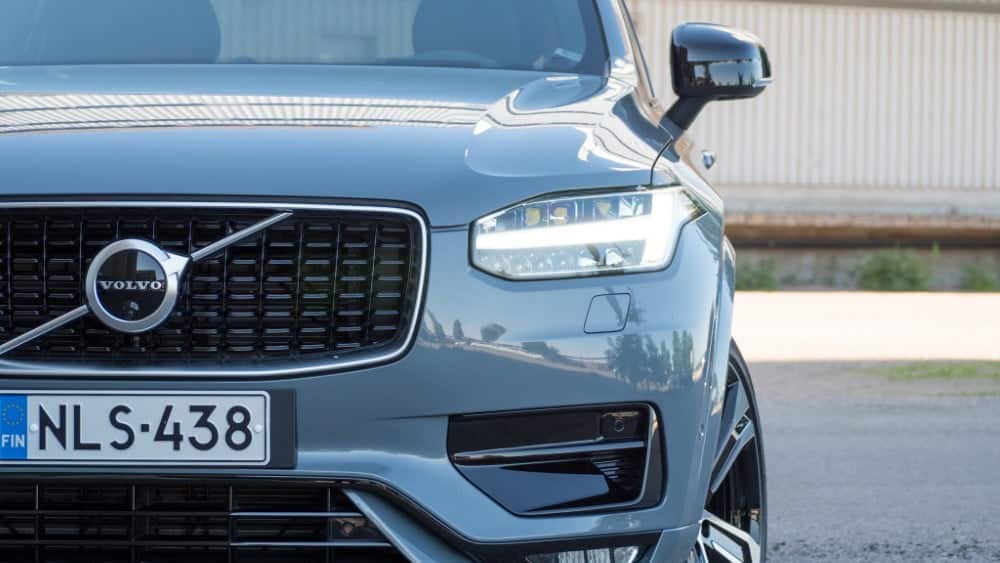
Even with a light throttle, the fuel consumption figure easily rises to close to nine litres per 100 km in mixed driving. Volvo promises WLTP combined consumption of 6.8 l/100km.
The new B-engines are part of Volvo’s ongoing strategy to electrify the entire range. Volvo aims to sell one million electrified cars by 2025, with a target of 50 percent of sales of fully electric cars by the same year.
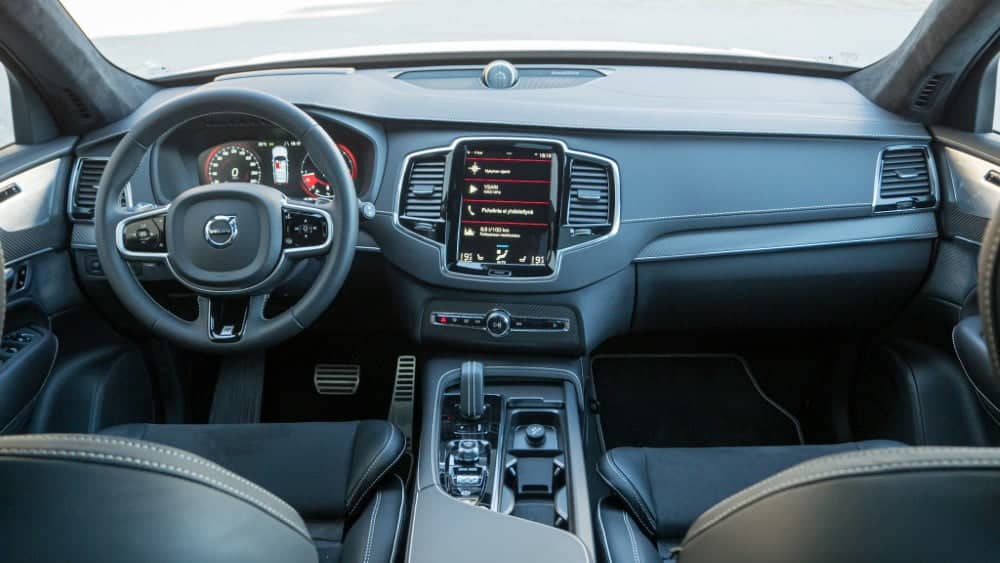
T8 also an option
In addition to the B5, the XC90 is available with a T8 charging hybrid. In the T8 model, the two-litre petrol engine is paired with an 87-horsepower electric motor, giving a total power output of almost 400 horsepower. With a capacity of 11.6 kWh, the car can also run on electric power alone, unlike the B5.
The choice of engine for the XC90 is thus made easy for the buyer, with only two engine options. With a diesel engine, the biggest benefits come to the fore for those who do a lot of long distance driving.
For the T8, the best benefits come in the form of lower petrol consumption for those who drive more short distances and recharge their batteries. The B5 has a maximum towing capacity of 2700 kg and the T8 2400 kg.
Due to the light taxation of hybrid cars, the starting price of the T8 is a few hundred euros lower than that of the B5, although the B5 has six times the car tax.
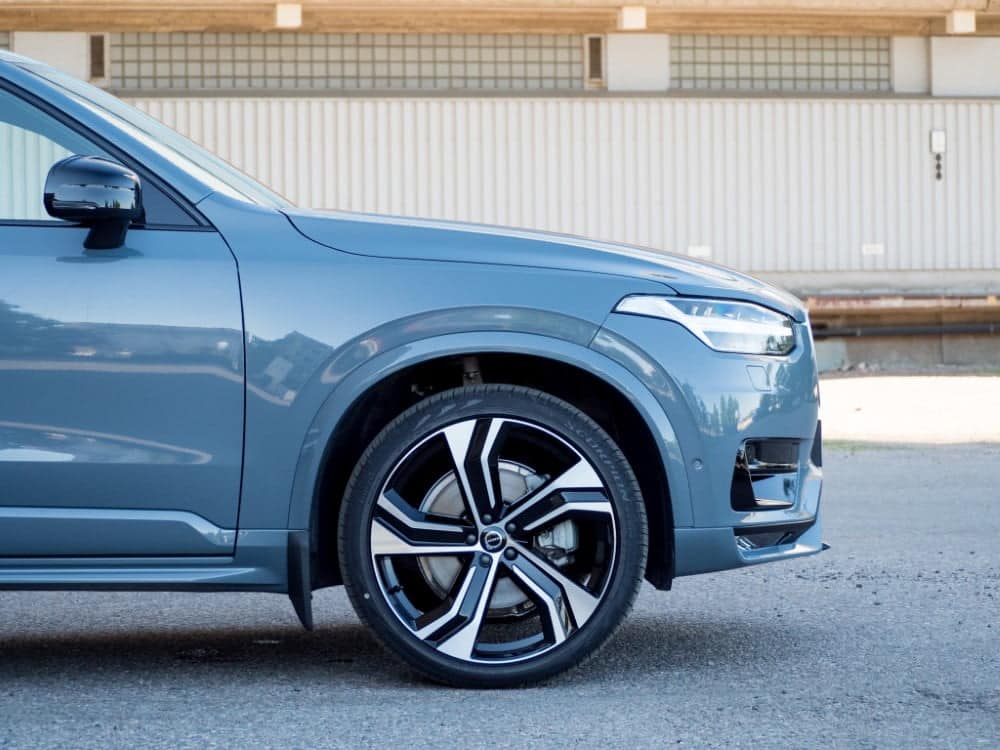
R-Design – the sportiest
The test car’s R-Design equipment clearly gives the car more poise and, above all, sportiness. The car’s appearance is far from that of a traditional SUV. It has a sporty look – even though it is a 7-seater family SUV.
The R-Design trim comes with lots of gloss black details, and additional shapes for the fenders and bumpers. The exterior colour of the test car (728), Thunder Grey, which is available as an option, is made to resemble the deep tones of a thunderstorm.
The standard equipment list is comprehensive. The XC90 always comes standard with leather upholstery, comprehensive safety equipment including pedestrian, cyclist and large animal detection, Volvo On Call for three years and seven seats.
The pricing of the options list has been sensibly priced, and many of the equipment is easy to select for the car by choosing a multi-equipment package.
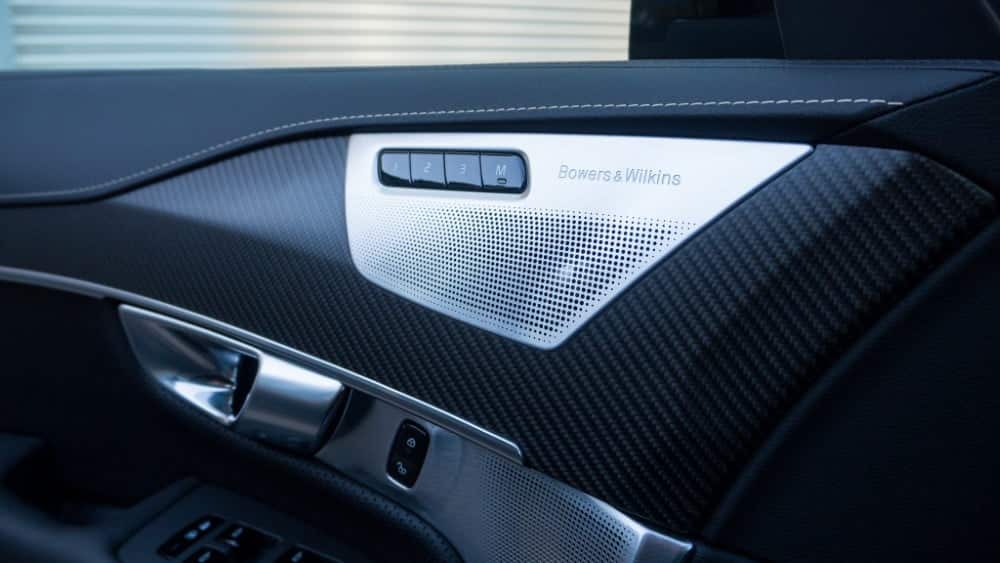
The test car was fitted with an air suspension from the options list, which allows the ground clearance of the car to be adjusted between 212 and 252 mm.
In terms of ride quality, the air suspension adds stiffness, and the chassis is at its best on winding roads, where the air suspension eliminates body roll.
The air suspension also comes with a switch in the boot to adjust the height of the rear end for easy loading and trailer hitching.
The XC90 comes standard with either 19″ or 20″ wheels, depending on the trim level. The 22-inch wheels selected from the test car’s options list are the cherry on top of the cake for a large car.
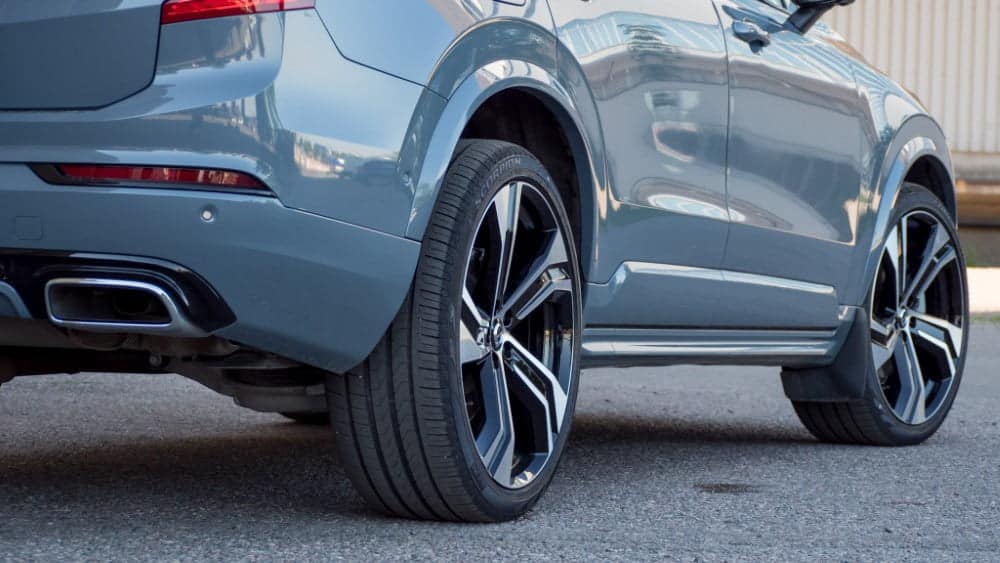
Design could do with a bit of a facelift
Volvo’s styling is becoming tried and tested after several years. The models are starting to resemble each other too much, and updates to the interior and exterior styling should be coming soon.
Inside, the XC90 has a quality feel to it, with many of the materials having a higher quality feel than the more affordable Volvo models. The driving position is easy to get right and the controls are easy to use. Exterior visibility is really good thanks to large window areas and mirrors.
The noise level in the cabin is surprisingly high, especially on poor road conditions, which contributes to a slight reduction in the feeling of quality provided by the high-quality materials used in the cabin.
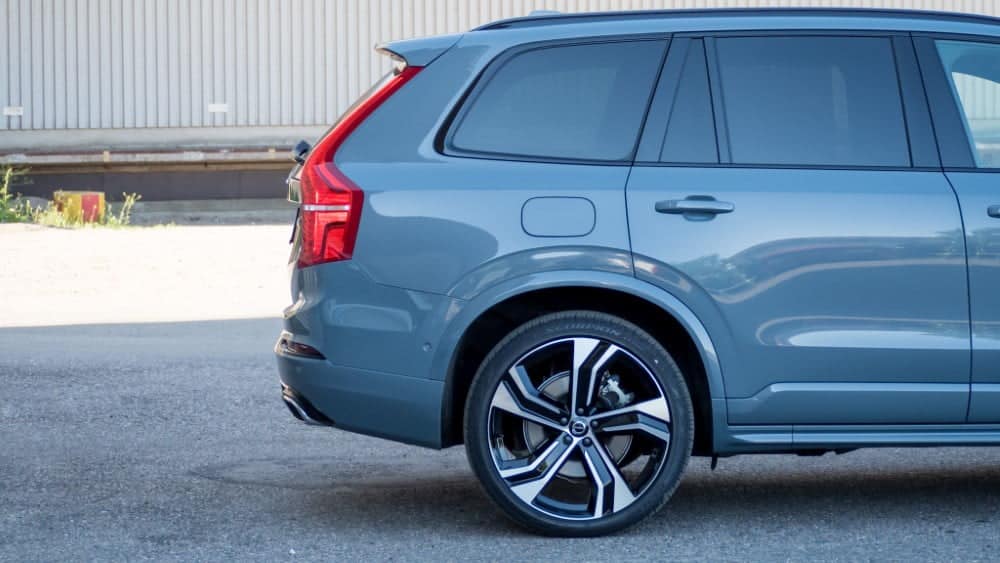
The 22-inch tyres on the test car are certainly part of the reason, but you can also hear the diesel engine growling at times, even at lower revs.
The Volvo XC90 B5 is an excellent overall performer in its class, thanks to a very competitive price/performance ratio. The car is well packed with familiar safe technology and functionality combined with new light hybrid technology. Externally, the car could be described as a very good looking and youthful old car.
Volvo XC90 B5 AWD MHEV R-Design aut.
- Engine: 1969 cm³, 4-cylinder
- Combustion engine power: 235 hp. / 173 kW. @ 4000 rpm.
- Combustion engine torque: 480 Nm. @ 1750-2250 rpm.
- Electric motor power: 10 kW.
- Electric motor torque: 40 Nm.
- Acceleration: 7.6 sec. (0-100 km/h)
- Combined consumption: 6.8 l/100km.
- CO₂ emissions: 178 g/km.
- Test consumption: 8.9 l/100km.
- Curb weight: 2170 kg.
- Traction: four-wheel drive
- Boot space: 680 l.
- Towing capacity: 2700 kg.
- Starting price: €86 094 (XC90 B5 AWD MHEV Momentum aut.)
- Test drive price: €113 727
